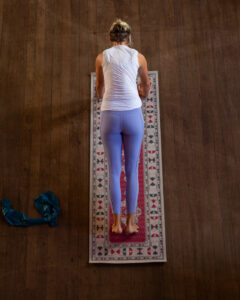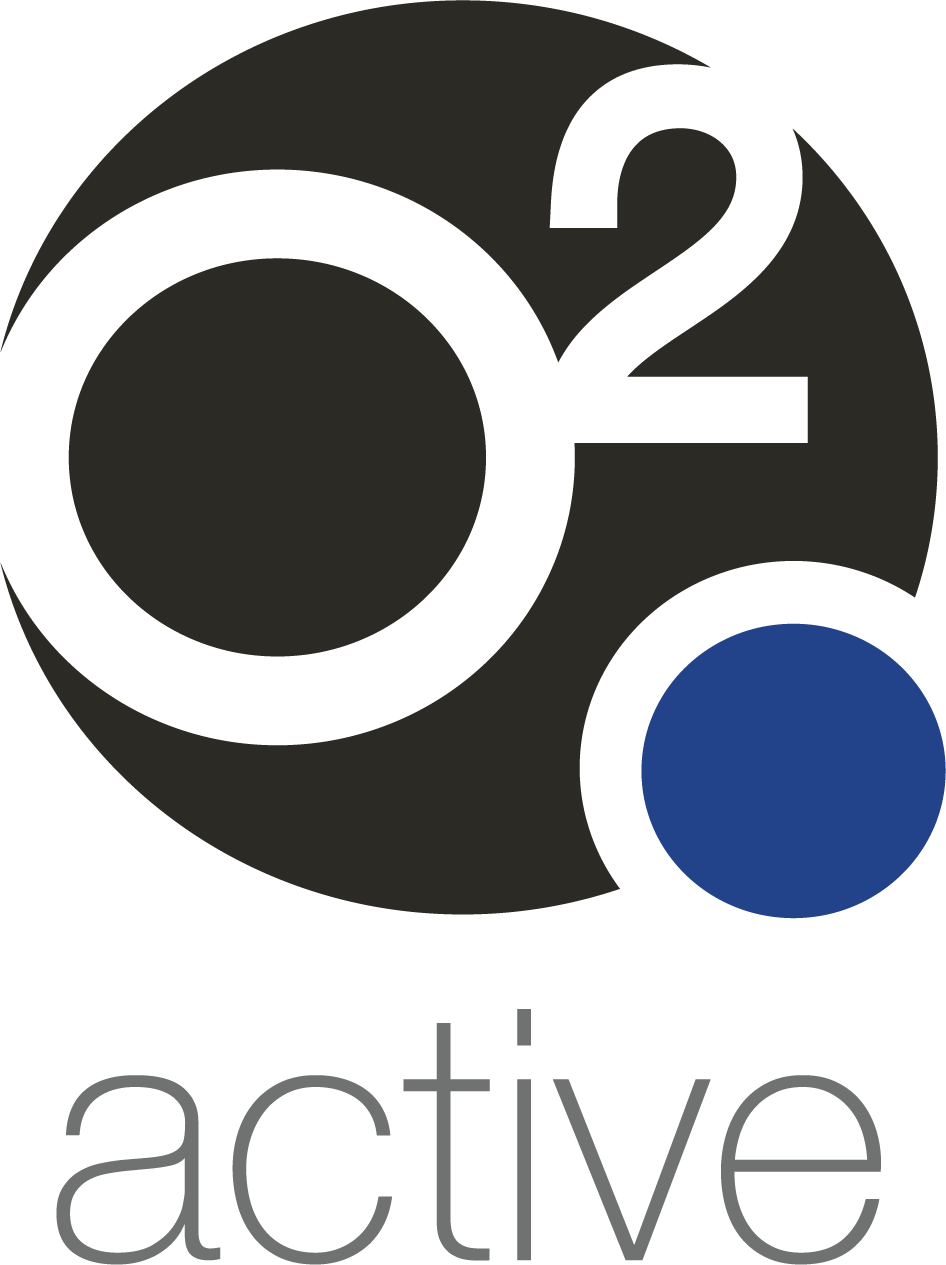Cancer Related Fatigue (CRF)
Cancer Related Fatigue (CRF) is experienced by people going through treatment, living with or beyond cancer survivors as a result of cancer related, and treatment-related toxicities (Lin et al., 2023). It is a common adverse effect of cancer and varies from patient to patient. CRF can be experienced both during treatment and in the period following treatment. In fact, up to 40% of people with CRF continue to experience fatigue effects post cancer treatment, with some reports lasting 5 years post-treatment or longer (Bower, 2014 & Lin et al., 2023). Patients experiencing CRF generally report feelings of tiredness and exhaustion both physically and emotionally, meaning they require plenty of rest and a subsequent reduction in activity levels in compensation (Bower, 2014 & Lin et al., 2023). Such reductions in the capacity for day-to-day activities will interfere with everyday functioning, making it difficult to carry out daily tasks and perform physical activity, as such this will impact the cancer survivor’s overall quality of life (Lin et al., 2023).
Recommendations for Patients Experiencing CRF
Yoga
The impact of CRF on a person’s ability to perform physical activity, and the adverse effect on overall quality of life can be reduced through the introduction of regular low to moderate exercise such as Yoga (Song et al., 2021). Yoga brings focus to our awareness of inner self, breathing and body, and includes physical postures, breathing techniques and meditation (Song et al., 2021).
Just 4 weeks of regular yoga practice has been reported to reduce the severity and effects of CRF on walking, physical activity, and quality of life (Lin et al., 2023). This includes doing 3 x 60-minute yoga style sessions per week. These should be performed at a low to moderate intensity where participants should feel an arbitrary perceived effort of 3-4/10 on the Borg scale (Lin et al., 2023).
Regularly practicing yoga may also assist in the reduction of several cancer-induced and treatment-induced toxicities, as well as improving insomnia, cognitive abilities, arthralgias (joint pain), and general pain among cancer survivors (Lin et al., 2023). Such improvements in overall physical and mental health are highly beneficial for long term recovery and wellbeing and indicate that yoga is be a great addition to any care plan for cancer survivors (Lin et al., 2023).
Strength and Aerobic Training
The 2018 Multidisciplinary Roundtable on Exercise and Cancer by The American College of Sports Medicine provides exercise recommendations for cancer prevention and treatment (Patel et al., 2019). On the whole, exercise plays an important role in preventing many types of cancers and improves survival rates and longevity amongst cancer survivors (Patel et al., 2019).
Resistance training has been reported to cause a reduction in common cancer related symptoms such as cancer related fatigue as well as anxiety, depression and help support an improved quality of life (Campbell et al., 2019). In providing more specific resistance exercise recommendations, the 2018 roundtable (Campbell et al., 2019), suggests incorporating two moderate intensity resistance training sessions per week, with 2 x sets of 12-15 reps of each exercise, targeting the major muscle groups (Campbell et al., 2019).
For aerobic exercise, it recommends 3 x 30-minute sessions per week at moderate intensity (Campbell et al., 2019). This could involve walking, swimming, or cycling at a pace that feels comfortable to the individual. Finally, avoiding long periods of sitting and sedentary behaviour is also important, though this may also be dictated by fatigue levels of the individual (Campbell et al., 2019).
5 Simple Yoga Moves to do at Home
Equipment: yoga mat (optional)
Hold each pose for 4 deep breaths
1. Standing forward bend (Swanson, 2020)
Purpose – Improves mobility in the hamstrings, calves and hips.
How to –
- Stand up straight, feet hip width apart with arms relaxed by your sides
- Breathe in, and on your exhale, hinge at your hips to bend forward
- Reach your fingertips to the floor (tip- if you can’t reach the floor, use a block or block like object to place your fingertips on)
- Release your head and neck so that they are fully relaxed
- Take deep breathes
- Option to take a soft bend in the knees if the hamstrings/calves feel tight
2. Downward facing dog (Licassi, 2019)
Purpose – Promotes blood flow to the brain. Stretches hamstrings and calves, whilst also strengthening your back, core and arms.
How to –
- Start on the floor, on all fours
- Have your hands stacked under your shoulders, and your knees underneath your hips
- Breathe in, and on your exhale, transfer your weight to the balls of your feet as you lift your hips towards the sky and straighten your arms and legs
- Keep your neck in line with your spine as your ears touch your upper arms
- Focus on pushing your chest towards your thighs, keeping your back straight, and press your heels down towards the floor
3. Locust pose (Liu et al., 2021)
Purpose – Improves blood circulation. Strengthens the glutes, hamstrings, back muscles and shoulders
How to –
- Lie flat on your stomach with your hands down by your side
- On your inhale, lift your legs and chest to the sky (Tip- think about lengthening your body rather than gaining height)
- Keep your legs and arms straight
- Eye gaze should be looking forward and downward so that your neck is an extension of your spine
4. Bridge pose (New York Times, 2018)
Purpose – Builds strength in the core and lower body. Allows the spine to lengthen.
How to –
- Lie on your back and bend your legs so that your heels are just in front of your fingertips
- Your feet should be hip distance apart
- Keep your feet and arms flat along the floor
- Inhale and lift your hips to the sky
- Keep your knees in line with your hips and hold

____________________________________________________________________________________________________________
References
Bower, J. E. (2014). Cancer-related fatigue–mechanisms, risk factors, and treatments. Nature Reviews. Clinical Oncology, 11(10), 597–609. https://doi.org/10.1038/nrclinonc.2014.127
Campbell KL, Winters-Stone KM, Wiskemann J, May AM, Schwartz AL, Courneya KS, Zucker DS, Matthews CE, Ligibel JA, Gerber LH, Morris GS, Patel AV, Hue TF, Perna FM, Schmitz KH. Exercise Guidelines for Cancer Survivors: Consensus Statement from International Multidisciplinary Roundtable. Med Sci Sports Exerc. 2019 Nov;51(11):2375-2390. doi: 10.1249/MSS.0000000000002116. PMID: 31626055; PMCID: PMC8576825.
Here to Help; How to do a Yoga Bridge Pose: [Metropolitan Desk]. (2018, Feb 11). New York Times https://www.proquest.com/newspapers/here-help-how-do-yoga-bridge-pose/docview/2000698117/se-2
Licassi, I. A. (2019). A Comparison of Wrist Range of Motion and Vertical Wrist Joint Forces in Plank and Downward Facing Dog Positions Between Novice and Experienced Yoga Participants (Order No. 22587692). Available from ProQuest Central; ProQuest Dissertations & Theses Global. (2300645637). https://www.proquest.com/dissertations-theses/comparison-wrist-range-motion-vertical-joint/docview/2300645637/se-2
Lin, P., Altman, B. J., Gilmore, N. J., Loh, K. P., Dunne, R. F., Bautista, J., Fung, C., Janelsins, M. C., Peppone, L. J., Melnik, M. K., Gococo, K. O., Messino, M. J., & Mustian, K. M. (2023). Effect of Yoga and Mediational Influence of Fatigue on Walking, Physical Activity, and Quality of Life Among Cancer Survivors, Journal of the National Comprehensive Cancer Network, 21(2), 153-162.e2. Retrieved Mar 27, 2023, from https://jnccn.org/view/journals/jnccn/21/2/article-p153.xml
Liu, W., Li, J., Zhou, X., Chen, N., Ouyang, H., Xu, Z., & Zhu, Y. (2021). Dynamic evaluation of the contractile function of lumbodorsal muscles during locust pose in yoga by real-time ultrasound. BMC Sports Science, Medicine & Rehabilitation, 13, 1-10. https://doi.org/10.1186/s13102-021-00313-0
Patel AV, Friedenreich CM, Moore SC, Hayes SC, Silver JK, Campbell KL, Winters-Stone K, Gerber LH, George SM, Fulton JE, Denlinger C, Morris GS, Hue T, Schmitz KH, Matthews CE. (2019). American College of Sports Medicine Roundtable Report on Physical Activity, Sedentary Behavior, and Cancer Prevention and Control. Medicine and Science in Sports and Exercise, 51(11), 2391–2402. https://doi.org/10.1249/MSS.0000000000002117
Song, J., Wang, T., Wang, Y., Li, R., Niu, S., Zhuo, L., Guo, Q., & Li, X. (2021). The Effectiveness of Yoga on Cancer-Related Fatigue: A Systematic Review and Meta-Analysis. Oncology Nursing Forum, 48(2), 207–228. https://doi.org/10.1188/21.ONF.207-228
Swanson, A. (2020, Sep). Safely Care for Your Body as You Stretch into Forward Bends. Yoga Journal, 317,48-51. https://www.proquest.com/magazines/safely-care-your-body-as-you-stretch-into-forward/docview/2451167928/se-2
Workout: The Yoga Tree Pose. (2012, Apr 18). Daily Breeze https://www.proquest.com/newspapers/workout-yoga-tree-pose/docview/1002438014/se-2

